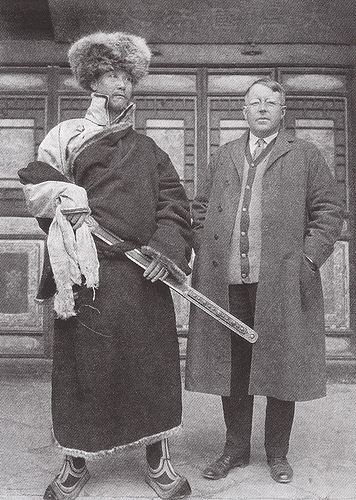Nationality Austrian (by birth) Doctoral advisor none Name Joseph Rock | Other academic advisors none Role Botanist Institution Honolulu | |
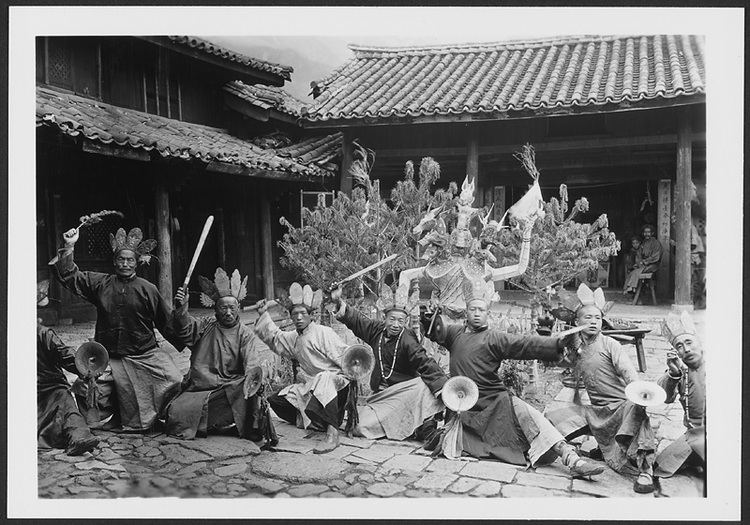 | ||
Citizenship naturalized American (May 1913) Books The Indigenous Trees of t, Phytogeography of Northwes, The Ancient Na‑Khi Ki, The Ancient Na‑Khi Ki, The Ancient Na‑khi Ki | ||
In the footsteps of joseph rock
Joseph Francis Charles Rock (1884 – 1962) was an Austrian-American explorer, geographer, linguist and botanist.
Contents
- In the footsteps of joseph rock
- Dr joseph rock 1884 1962 portrayed by zach thomas woods mission houses cemetery pupu theatre
- Life
- Plants named after him
- Works
- References
Dr joseph rock 1884 1962 portrayed by zach thomas woods mission houses cemetery pupu theatre
Life
He was born in Vienna, Austria, went to Egypt at the age of 10 with his father, and later wandered about in Europe. But on an impulse, he emigrated to the United States in 1905 (New York) and moved to Honolulu, Hawaii in 1907, where he eventually became an authority on the flora there. He first taught full-time (there were two others) at Mills College (now known as Mid-Pacific Institute), and was placed on leave in Sept. 1908 for health reasons (he needed to be out-of-doors). As the Territory of Hawaii's first official botanist, he joined the faculty of the College of Hawaii; the name was changed in 1920 to become the University of Hawaii in 1911, established its first herbarium, and served as its first curator from 1911 until 1920, when he left the college to spend the next few decades exploring the botany of Asia.
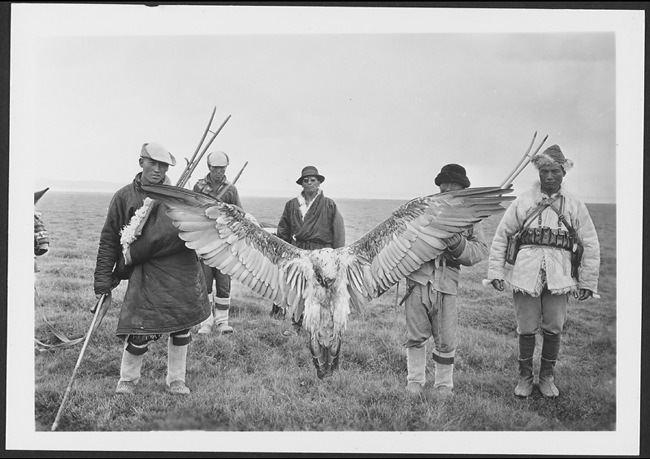
During the Ngolok rebellions (1917-1949) Rock witnessed repeated battles by the Ma Clique's Chinese Muslim army against the Ngolok Tibetans in Xiahe County and Labrang Monastery. The Ma Muslim army left Tibetan skeletons scattered over a wide area, and the Labrang monastery was decorated with decapitated Tibetan heads. After the 1929 battle of Xiahe near Labrang, decapitated Tibetan heads were used as ornaments by Chinese Muslim troops in their camp, 154 in total. Rock described "young girls and children"'s heads staked around the military encampment. Ten to fifteen heads were fastened to the saddle of every Muslim cavalryman. The heads were "strung about the walls of the Moslem garrison like a garland of flowers."
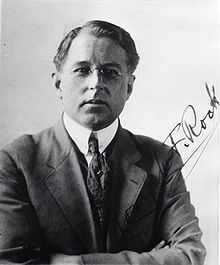
In 1949, shortly after the communist takeover, Rock had to leave Lijiang, centre of the Nakhi country, on a chartered plane together with the traveller and author Peter Goullart. They then had to leave China. He then returned to Honolulu where he died in 1962.
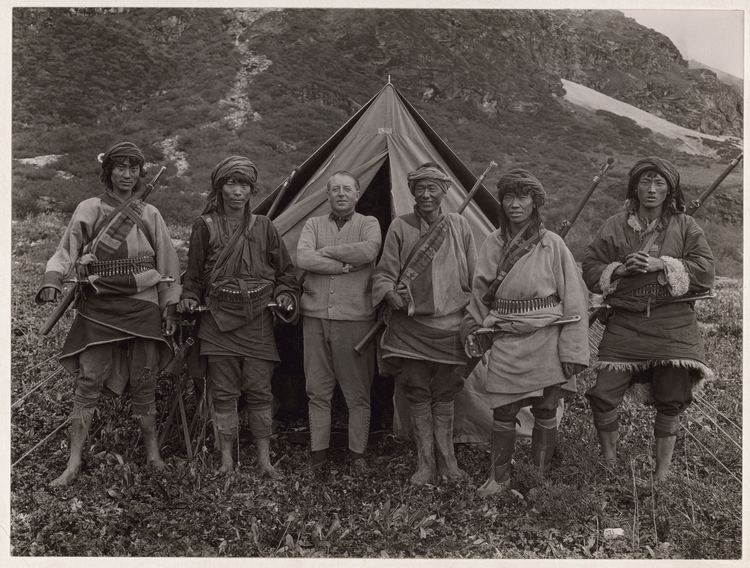
In March 2009, the University of Hawaii at Manoa named its herbarium after him. Works and collections by and from Rock are held in the Library of Congress.
Plants named after him
The spectacular Rock's Peony Paeonia rockii is named after Rock.
Works
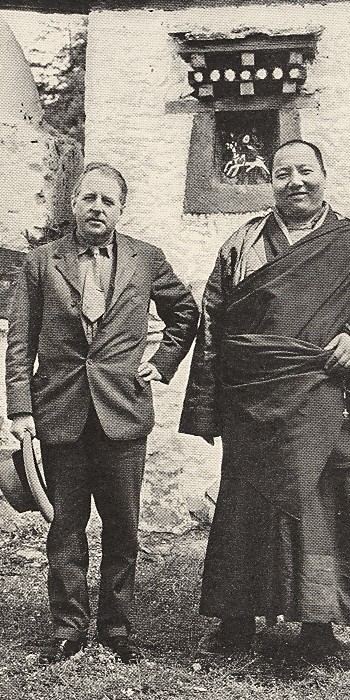
Rock produced a 1,094-page dictionary, numerous scholarly papers, and two histories of the Nakhi (Naxi) people and language of northwestern Yunnan, which have been widely used for the study of Nakhi culture, language and religion. These books are out-of-print and, consequently, command very high prices in the rare book markets.
The most important of his written works are:
